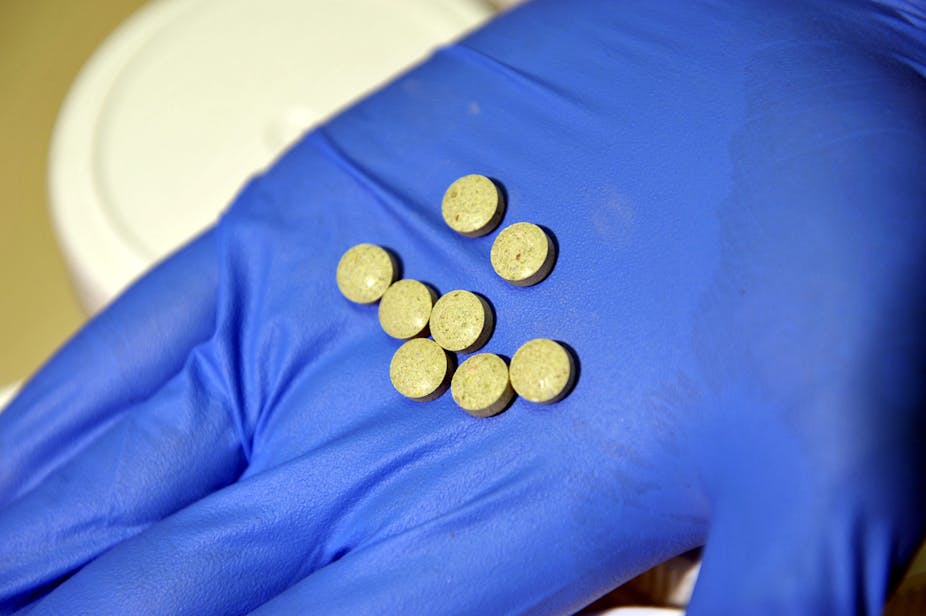Low purity and scarcity is driving down the popularity of ecstasy among regular users but more are using new synthetic party drugs such as BZP and mephedrone, according to a new report.
An annual survey of 700 ecstasy users published by the University of NSW’s by the National Drug and Alcohol Research Centre found that the number using the “hug drug” weekly had halved since 2005.
However, the researchers noted the emergence of new synthetic drugs that could be bought on the internet.
Use of designer drugs like the central nervous system stimulant BZP is not yet widespread in the general Australian population. However, around a quarter of ecstasy users in Western Australia reported trying it.
“In our 2010 survey, 16% of users reported recent use of mephedrone, a synthetic stimulant closely related to amphetamines but with hallucinogenic properties,” said researcher Dr Lucy Burns.
Mephedrone use was reported in significant numbers for the first time among those surveyed in Victoria (28 reports) and Tasmania (42 reports).
Survey respondents also reported using DMT (an LSD-like hallucinogen), DOI (Death on Impact) and other psychedelic phenethylamines such as 2CI, 2CB and 2CE, the report found.
More than half of those surveyed reported low or very low ecstasy purity in 2010, compared with just 9% in 2005, with many pills containing no traces of the drug’s active ingredient, MDMA.
Just over a quarter of respondents said ecstasy was difficult to source, up from 13% in 2009.
Among the general Australian population (National Drug Strategy Household Survey) ecstasy used increased only 0.1% between 2004 and 2007 compared with 2.3% between 1995 and 1998.
Professor Rod Irvine, a recreational drugs researcher from the University of Adelaide, said his own research also found that MDMA use was on the wane.
“But my prediction is that it will bounce back,” he told The Conversation, adding that the range of synthetic drugs available was constantly changing.
“Certainly we need expert chemists and pharmacologists reviewing the situation if we are to reduce the risk of untoward health effects from novel new drugs,” he said.
Professor Steve Allsop, the director of Curtin University’s National Drug Research Institute said that any efforts to educate people about the risks of designer drugs should be targeted.
“We do not want to inadvertently promote such drugs to people who might otherwise have been unaware of them,” he said.
“I think we educate people about the risks we know about, focus on the particular risks of modes of use and target our interventions to specific groups and locations, such as young people at night clubs, where we might think there is a specific risk, without inciting interest where none previously existed.”

